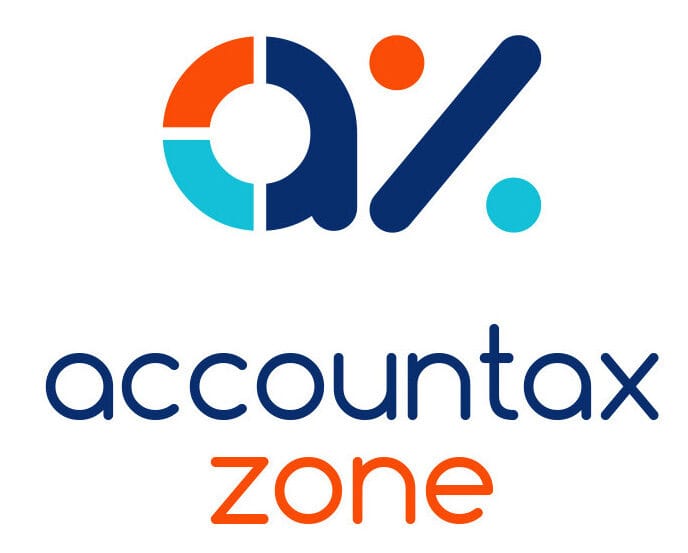Following are some of the key highlights from the autumn budget 2025:
Personal Taxes & Savings
- Cash ISA allowance reduced to £12,000 from April 2027 for individuals under 65.
Stocks & Shares ISA allowance remains unchanged at £20,000. - Two-child benefit cap removed from April 2026, expanding eligibility for many households.
- No changes to Income Tax rates, but thresholds are frozen until April 2031, extending fiscal drag.
- State Pension increased by 4.8% from April 2026, worth up to ~£575 extra per year.
- Taxes on savings, dividends, and property income rise by 2 percentage points from April 2026.
- Inheritance Tax and pension tax-free cash rules remain unchanged.
- Energy bills to fall by ~£150 per year due to reductions in environmental levies (from 2026).
- National Living Wage for 21+ increases to £12.71/hour from April 2026.
Property & Wealth
- High-value council tax surcharge (“Mansion Tax”) introduced from April 2028:
→ £2,500 per year for homes valued £2m+
→ £7,500 per year for properties £5m+ - Additional tightening of tax treatment for wealth-derived income (dividends, interest, property income).
- No changes announced to CGT rates but fiscal drag will pull more gains into higher tax bands.
Transport & Consumption
- New EV mileage tax introduced from April 2028, replacing lost fuel-duty revenue as EV adoption rises.
- Fuel duty remains frozen until at least August 2026.
- Regulated rail fares frozen until March 2027.
- Sugar tax extended to additional product categories as part of health-policy reforms.
Business-Relevant Measures
- National Insurance to apply to salary-sacrifice pension contributions above £2,000 from April 2029, raising an estimated £4.7bn by 2030.
- Minimum wage increases confirmed for April 2026.
→ Over-21 rate rising to £12.71/hour. - Tourist tax powers devolved to Metro Mayors, enabling local authorities to impose visitor levies.
- Continued support for business investment via targeted incentives, though no broad corporate tax cuts.
- Wider freeze of thresholds also affects employers through increased effective tax burdens.
Fiscal & Market Context
- The Treasury aims to raise £30bn in additional tax revenues by 2030, alongside £12bn in additional public spending, much of it directed toward the NHS, childcare, and local transport.
- A leaked OBR assessment pushed UK 10-year gilt yields lower, temporarily easing government borrowing costs.
- Fiscal strategy depends heavily on threshold freezes (“stealth taxes”) and targeted levies on wealth and property.
Market Implications
Recent GBP and gilt-market movements have been driven by:
- US rate-cut expectations (generally weakening USD)
- Concerns around UK fiscal credibility and rising debt servicing costs
- Pre-Budget uncertainty and volatility
The Budget does not materially shift market direction on its own but contributes to a broader theme of:
- A structurally higher long-term tax burden
- A moderate, constrained growth outlook
- Persistent pressure on household and business finances










